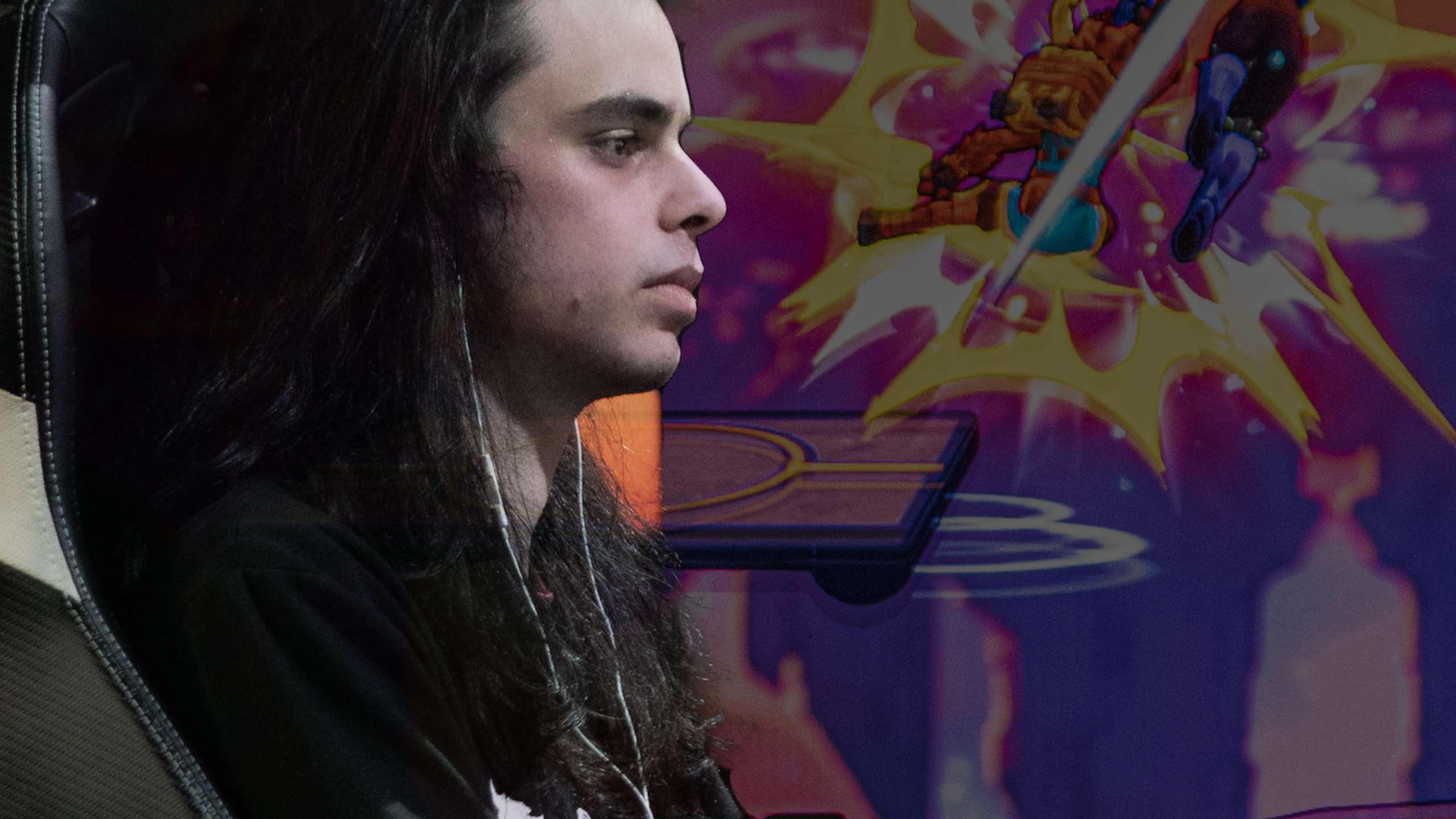Mid-Tourney Hotfix
in which I build and deploy a bugfix live on the event floor
2020-2022
Funny Story
Programming, Event Staffing
This incident occurred at Evo 2022, one of the biggest fighting game events annually, and at the time our biggest and most public tournament to date. It was one of our first live events since Covid lockdowns began, so our support for offline play was relatively untested at the time.
One of the setups where I worked on debugging the issue. (Not pictured: me)
After some quick testing we tracked down the root of the issue – one of the players had his attack button bound to the Enter key, and the other player had his block button bound to the Alt key. In Windows, pressing Alt and Enter simultaneously toggles an application in and out of full-screen mode, and our recently-implemented multi-keyboard support didn’t take this possibility into account. As this was such a critical opportunity for exposure, we really didn’t want to see a bug like this live on stream in front of the Evo viewership. But the alternative, asking our top players to alter their control schemes just before top 8, was equally unacceptable, so we scrambled to find a solution in time for the match.

Pugsy, top player and godforsaken Enter-key user, went on to win the match.
The macro was finished and functional just in time, and in the advertisement break before the players’ match, production allowed me to deploy it to the machines on stage. After pulling the players aside and explaining the process to make their bindings work, the remaining matches went off without a hitch. From a viewer’s perspective, the entire experience was seamless.